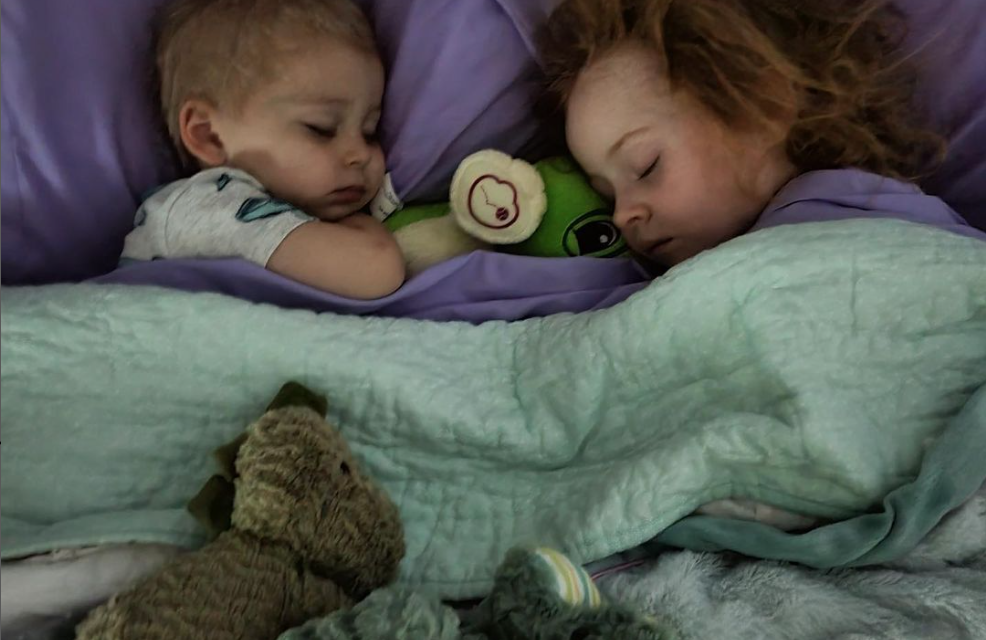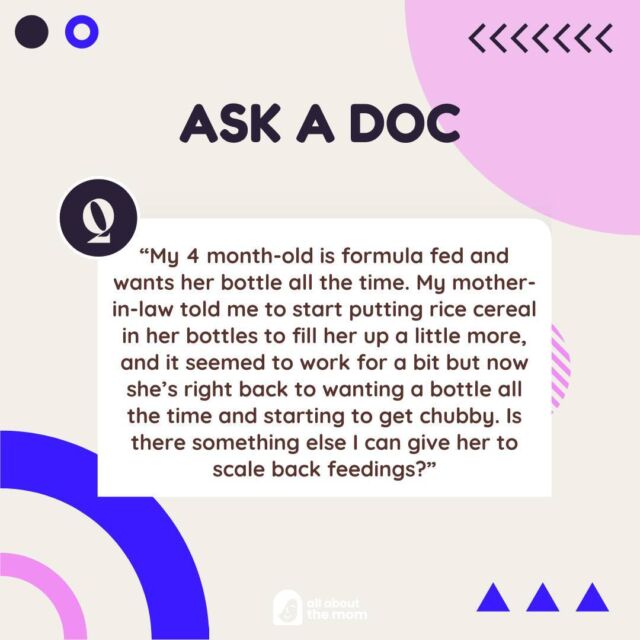While hiking with my friend of 30+ years, who is also a great aunt to several (overtired) little ones hiking with us, she asked, “Do any children want to take a nap?” She assumed all children resisted nap time. I assured her that many children enjoy their naps and ask for them when sleepy.
My experience of working with families shows that a positive attitude toward sleep starts with putting healthy and appropriate routines in place, as well as making sleep a restorative and not a punitive experience. Normalizing sleep times and helping little ones see the benefits can create a different perspective on taking time out for rest.
First Daze & Nightzzz sleep consultant Kara Curtis’s mother would tell her, “Oh, those sheets are going to feel so good when you climb into them.” And a former client who has two young children who love their naps said she is careful to present sleep in a positive light and never uses it as a negative consequence.
Janet Lansbury, the author of Elevating Childcare, says there are 3 essential elements to a baby’s or young child’s sleep routine – peaceful, participatory, and predictable. The environment should be peaceful without stimulation from toys, screens, light, and exterior noise. The parent should be relaxed and focused on the matter at hand, giving undivided attention to the child. Allow the baby or child to participate in the preparations, which can be as simple as pulling down shades, choosing a book, or turning on a white noise machine. All of these steps should be predictable, “so our children can anticipate the ritual and even lead when we invite them to make choices. Predictability breeds security, which leads to calm, which is the gateway to relaxation and sleep,” Lansbury says.
Did you read that?
Predictability breeds security. Our children feel more secure (less anxious) when they know what comes next. Less anxiety equals calmer, which means easier to fall asleep.
Understandably, young children may feel like they’re going to miss out on something if they stop to sleep. While winding down for nap time, talk about what you will do after their body and brain rests. Let them know they have something to look forward to and with renewed energy to do it.
My client relayed a story about her then-3-year-old daughter. She napped a bit later at home on the weekends than at daycare during the week. One Saturday, while Mom was busy with household chores, her daughter came to her and said, “I’m ready for my nap.” This was music to the mom’s ears. “She loves sleep and told us so herself. If we don’t remind her, it’s nap time; she usually reminds us,” the mom said.
Another client emailed to tell us how, after using our services when her little one was an infant, the now 4-year-old comes to get them when she’s ready for her nap if they get busy and miss it. “She still loves an early bedtime and gets about 11-12 hours of good sleep each night,” the proud (and well-rested) mama said.
















